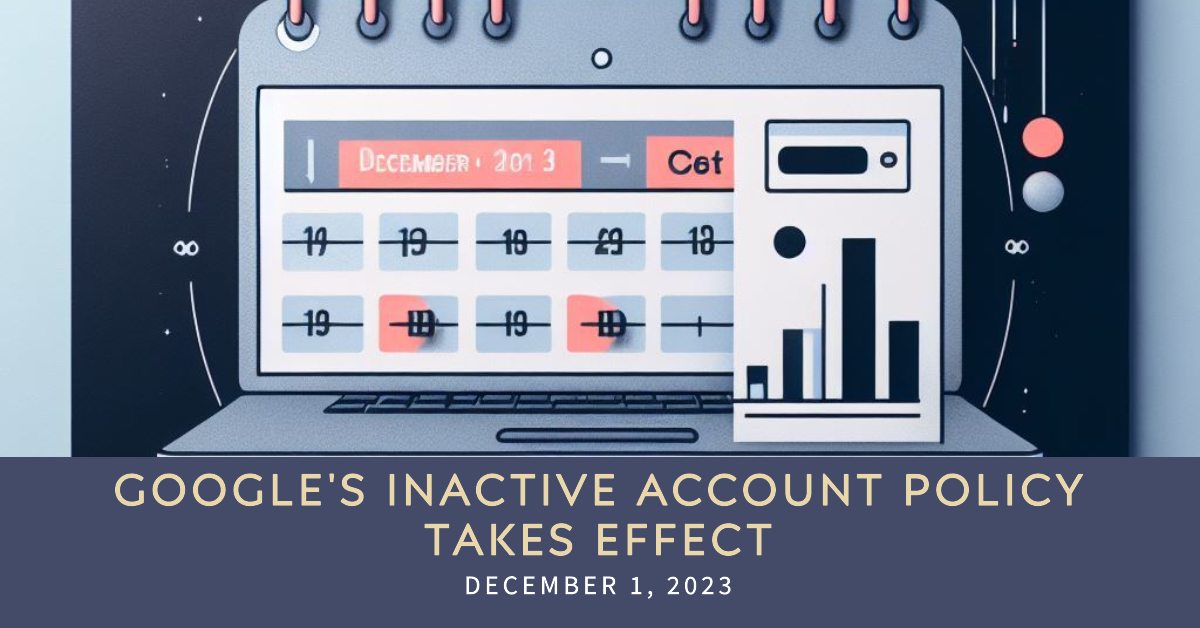There’s a digital wake-up call echoing from Google, and it’s about to impact your email list. So, grab your metaphorical broom because we’re talking about the two-year inactivity policy that could influence your outreach strategy. Google’s Inactive account policy will soon come into force, December 1st to be exact. Google Accounts that have been on a two-year hiatus will begin to be disabled by the tech giant. But here’s the twist—this isn’t about your account; it’s about the accounts of your potential email recipients. Note: This policy applies to personal Google Accounts, excluding those set up through work or school.
Wondering what Google considers as activity? It’s not just about opens and clicks. Any action, from opening emails to engaging with Google products, keeps the digital flame alive. And remember, it’s the recipient’s account activity that matters when it comes to keeping their accounts active. Anything from reading or sending an email, using Google Drive, watching a YouTube video, to using Google Search while signed into your Google account will keep it active for users. That is a long way to say, if an account logged into their account in the last two years it’s going to remain active.
SO, circle December 1, 2023, on your virtual calendar because it’s the day when inactive accounts might face the chopping block. Why does this matter to email marketers? Well, after this deadline, if your recipients’ accounts become inactive, your carefully crafted emails might bounce. You could see increased levels of hard bounces and non-deliverable emails. This could really raise the eyebrows of your ESP’s compliance teams, your management, and your executives when your list suddenly reduces in size as a result.
So, here’s the email marketing wake-up call: Focus on email list cleanup. Weed out the inactive addresses, send a re-engagement campaign, and ensure your list is in tip-top shape before December 1, 2023. This proactive approach will help you avoid potential bounces and keep your deliverability rates soaring.
Take this as a proactive call to action: Regularly purge inactive users from your email list. Send out re-engagement campaigns, gauge interest, and bid farewell to those silent subscribers. A clean list not only boosts deliverability but also ensures your emails are hitting engaged inboxes.
Now, this might not impact everyone the same. Let’s not forget the legal dance. In some places, regular data purging isn’t just good practice; it’s a legal requirement. Keeping data you no longer need not only clutters your systems but might land you in hot water with data protection authorities. For Example, under Canada’s anti-spam laws (CASL), sending commercial electronic emails with implied consent is only valid for 24 months, so you might already be suppressing these users as a result.
It’s best to start looking at a sunsetting program now for long inactive users in your email program and get ahead of the bounces before they are forced upon your email program.


